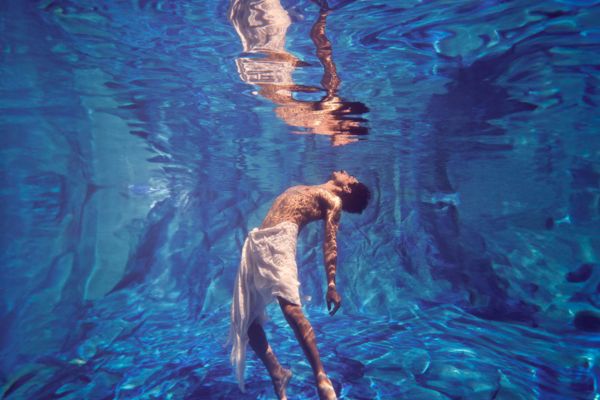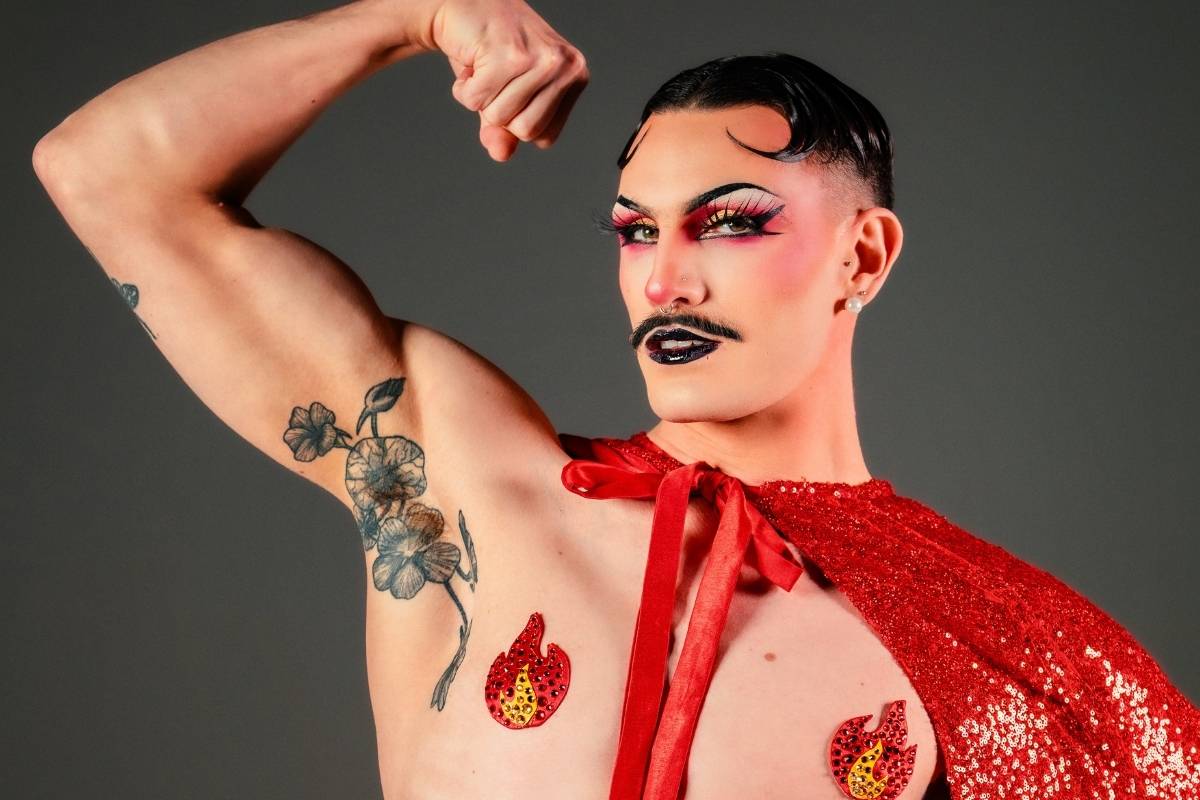'Horizon' honours the First Peoples of the Oceania region. Māori choreographer and Arts Laureate Moss Te Ururangi Patterson joins beloved Bangarra alumna Deborah Brown, as the award-winning ensemble perform stories honouring their mother countries, and the spirit which guides them home.
The performance, a double bill, will open with 'Kulka', from Saibailayg (Saibai Islander) Sani Townson. 'Kulka' pays homage to Sani's grandfather and his Torres Strait heritage.
This is an expansion of the work, which debuted in Dance Clan in 2023.
'Horizon' is an opportunity to explore the cultural forces binding us together across oceans and eons, and experience the resilience of the First Peoples of the Oceania region extending across the continent of Australia, the Torres Strait Islands, and Aotearoa.
The double bill has already enjoyed performances in Sydney and Canberra – it will next hit Queensland Performing Arts Centre. . . Followed by Arts Centre Melbourne.
Before it does, we speak to Sani Townson about his contribution to the show, his origins in dance, and what inspired him to create 'Kulka'.
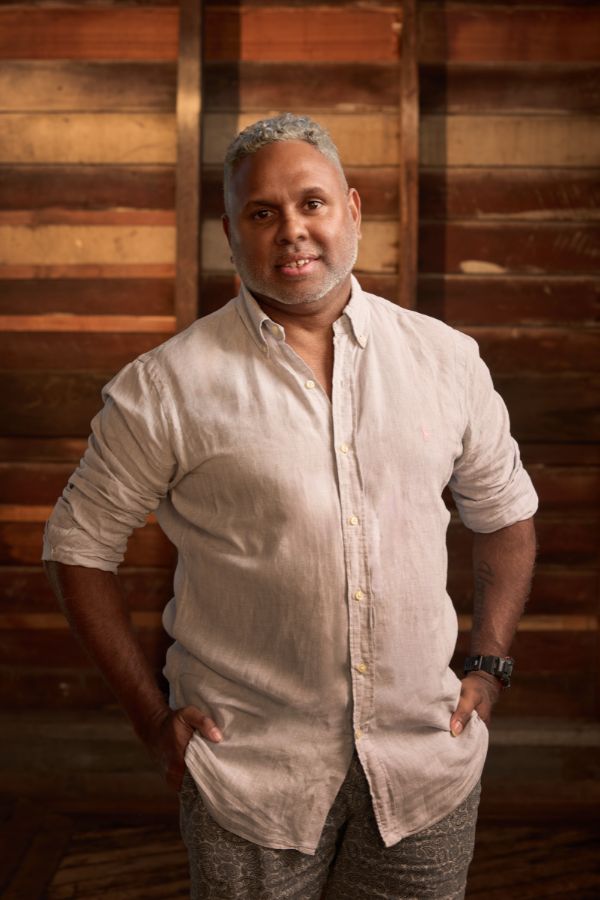
Sani Townson - Image © Daniel Boud
Tell us a bit about this ‘cross-cultural collaboration’.
Within all of our pieces, the centre of inspiration is a strong figure head within our family; that has contributed and shaped us into the creative persons that we are today and who have imparted knowledge, stories of our peoples and as we hold them dear with our hearts, memories as we forge forward and look above and out onto the horizon. There are definitely some magical moments in this production. You will definitely leave a different person, so be ready. . . You are in for a ride.
‘Horizon’ is opening with your work, which debuted last year. What is ‘Kulka’ all about?
Kulka in my language means 'blood' and I am exploring how totemship and clanship are given to us Lagaw Mabaygal (island people). I have drawn inspiration from all my totems Samu (Cassowary) Koedal (Crocodile) Dhoeybaw (yam vine) Thabu (snake). All this stems from what my grandfather Sania Guy Townson has given me, and this is an homage to him. He told me that for us, the universe is mother and giant song, and that song guides us to our totem and clan. We come from the stars, when we arrive to this place it’s from above, when we leave this place we ascend. I guess that’s why I’ve always had this affinity and fascination about stars and always looking up.
You joined Bangarra in 2001! Tell us about your ‘origins’ in dance – what drew you to it.
I’ve always loved traditional dancing because that gave me the grounding that I needed learning my native tongue through the song and relating the song to movement. When I was 15, all of the Murri (Indigenous Queenslanders) kids from schools around Townsville went to watch a matinee show of the production by Aboriginal and Islander Dance Theatre of 'Blair'. After the show there was a cultural dance workshop for us Murri kids and this workshop was led by Lewis Lampton (who was the lead), Christine Anu and Frances Rings, who were on their secondment with AIDT from NAISDA. From then on this is where I was like, “I think I can do something like this Indigenous Contemporary Dance”. Fast forward six years later I found myself at NAISDA where I got to learn about Aboriginal culture and dance and other Torres Strait Island dances as well, and this was largely because I wanted to be a part of the Open and Closing Ceremonies of the Sydney 2000 Olympics. During the rehearsal for the closing ceremony that’s when I was asked by Stephen Page to join the company, and by then I had studied at NAISDA for four years and had officially joined the company in 2001.
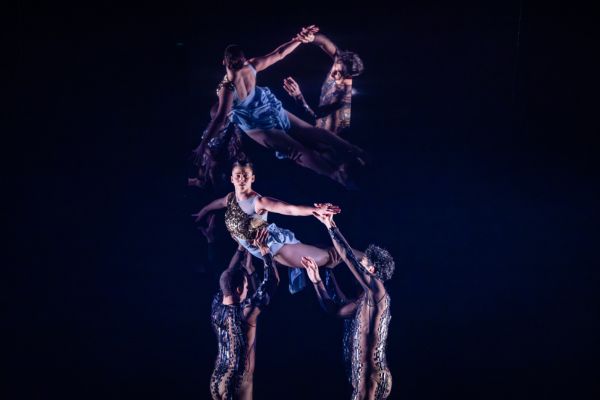
'Kulka' – Image © Daniel Boud
‘Kulka' pays homage to family and your heritage. What things have you drawn on in those fields for this performance?
With this work, both sides of my family perform flag dances by using the Semaphore flag alphabet which I incorporated into 'Bloodline' and 'Thimedh' (Adrenaline). I did this by putting this on to the dancers’ bodies and the directions on the floor, where the dancers are spelling out their mob in Semaphore in the movement of their arms. The piece 'Danalayg' (life) is a lullaby I created from the story I was given from my grandfather, and had this translated into Kalaw Kawaw Ya by my aunty Leonora Adidi which is sung by sister Zipporah Corser-Anu (Christine Anu’s daughter) who are my Samu clan family. Creating this, I really did have my Saiba family by me the whole time. And when you come to the final piece; you will see Tagai constellation and I left a gift to my family when they come to see the show; which is my late grandfather’s voice. His last words to me were, “My boy, I am proud of how you’ve taken my name to places I would never have imagined.” This stays with me all the time. His voice is my true north, I hear it as all is right with my world.
How has your heritage and how you grew up shaped you?
Just recently, we had a family function in Cairns celebrating my uncle’s 60th. Being able to sing the traditional songs at the top of my lungs as my brothers are dancing is definitely something I am proud about; it’s such a good feeling. It’s a sense of belonging, you’re in the thick of it, you’re contributing to the love and vibe of this song and dance. Even though I live in Sydney, I try and make it back to family on the island, you get a different type of Sani Ray. I’m like this big kid with my other brothers and sisters. Life is so simple, no hustle and bustle – island life is so different. I’ve always told both sides of my family that everything I achieve, I don’t do this for me, it’s always for us, I come with a package, and they all come with me. The beautiful thing about being a part of 'Horizon' is that I get to share this stage with my aunt Deborah Brown who is related via my great grandmother Aka Olive and her grandmother Aka Lavinia, who were sisters. We’ve danced on international stages together and made The New York Times, I mean how amazing is that. So for me, this is a win-win for both sides of my families. 'Kulka' is important, it informs and places us where we sit within our families.
What are you hoping audiences take away from your piece?
I want the audience to know a bit more about us as Torres Strait Islander people - our culture, our customs and how stunning and vibrant our language is. I want audiences to leave with a bit of knowledge on our Island home region and how my family have been given our identity through our clanship and totemship. I’m so proud of this work.
Why do you think it’s a good piece to open ‘Horizon’ with?
With 'Kulka', we start among the Zugubals (constellation spirits). We all share the night sky and a body of water with our brothers and sisters of Aotearoa and at some point in all of our pieces, we make reference to looking above. And the beauty of this was that it just naturally happened.
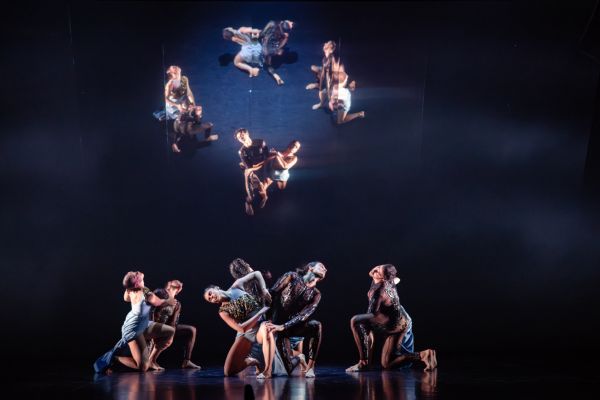
'Kulka' – Image © Daniel Boud
And what inspired you to create a work with this subject matter?
All my life I have been told that you are two things that I am Torres Strait Islander with Aboriginal blood ties, and be proud of who you are and what you carry in your veins. This all started with a conversation that I had with my late grandfather on the verandah in Townsville after church about our clan and totem. I’ve held on to this for so long to wait for the right moment and now I’ m here. So I wanted to delve into this and bring it to the forefront and give people an insight on how my family got given this part of our identity.
You’ve already presented as part of ‘Horizon' at Sydney Opera House. How did that first round of shows go?
I flew my dad and mum down for this and my sister Barbara was there too. This was the first time dad has ever been to Sydney and he came into the Sydney Opera House in total awe. My mum has seen me perform on stage before, but they’ve never seen me do anything like this before. They’ve only known me as a dancer and not choreographer. This very first show was for the Community Mob in Sydney and for me that was the crowd I most wanted to please. If they loved it, then I know I’ve done it right. I’ve never presented on a stage with this much prestige, so this was a big deal for me and my family and I was in tears as soon as those curtains went up. My nerves went mental because of the adrenaline. The dancers were so on point, clean and dynamic and fluid in the movement, seasoning the choreography with their personality which is all I asked for. Then the black out happens at the end of the last piece, the house lights come on and it happens – everyone went berserk with the applause. This show is a full-on ride of emotions as soon as the curtain is raised. I took 14 of my non-Indigenous and Māori rainbow family to see this show the day before my birthday, and they were blown away by the whole production. My Māori friend was so moved that it made him miss Aotearoa. I left that season of the Sydney Opera House with one thing, I got my grandfather’s voice into the Sydney Opera House. My heart is full. The mob loved it. These dancers are more than amazing – they took our stories, brought them to life, and cared for and loved them. I am forever grateful.
'Horizon' plays Queensland Performing Arts Centre 7-17 August, and Arts Centre Melbourne 28 August-7 September.
This story originally appeared on our sister site, scenestr.


